By studying the contents of the dust in your house — which can include skin cells, pet fur, furniture fibers, pollen, concrete particles, and more — scientists learn a lot about your environment. In the same way, scientists can learn a lot by looking at space dust. Also called cosmic dust, a fleck of space dust is usually smaller than a grain of sand and is made of rock, ice, minerals, or organic compounds. Scientists can study cosmic dust to learn about how it formed and how the universe recycles material.
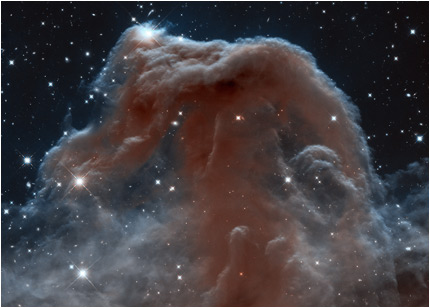
The Horsehead Nebula is a dark cloud of dense gas and dust located just below the belt of Orion on the sky.
NASA, ESA, and the Hubble Heritage Team (STScI/AURA)
“We are made of star-stuff,” Carl Sagan famously said. And it’s true! When a star dies, it sheds clouds of gas in strong stellar winds or in an explosion called a supernova. As the gas cools, minerals condense. Observations by our SOFIA mission suggest that in the wake of a supernova shockwave, dust may form more rapidly than scientists previously thought. These clouds of gas and dust created by the deaths of stars can sprawl across light-years and form new stars — like the Horsehead Nebula pictured above. Disks of dust and gas form around new stars and produce planets, moons, asteroids, and comets. Here on Earth, some of that space dust eventually became included in living organisms — like us! Billions of years from now, our Sun will die too. The gas and dust it sheds will be recycled into new stars and planets and so on and so forth, in perpetuity!

NASA’s Spitzer Space Telescope captured this stunning infrared view of the famous galaxy Messier 31, also known as Andromeda in 2004. It was the sharpest image ever taken of the dust in a spiral galaxy, other than our Milky Way.
NASA/JPL-Caltech/Univ. of Ariz.
Astronomers originally thought dust was a nuisance that got in the way of seeing the objects it surrounded. Dust scatters and absorbs light from stars and emits heat as infrared light. Once we started using infrared telescopes, we began to understand just how important dust is in the universe and how beautiful it can be. The picture of the Andromeda galaxy above was taken in the infrared by our Spitzer Space Telescope and reveals detailed spirals of dust that we can’t see in an optical image.
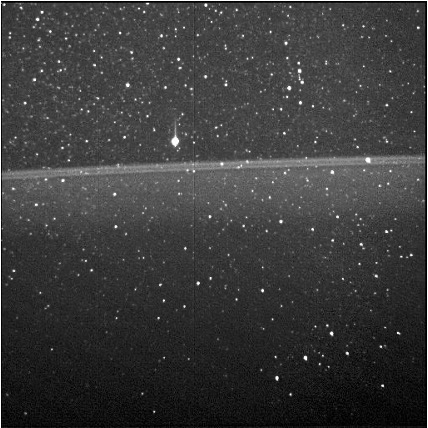
As NASA’s Juno spacecraft flew through the narrow gap between Jupiter’s radiation belts and the planet and collected the first image of Jupiter’s ring taken from the inside looking out. The bright bands in the center of the image are the main ring of Jupiter’s ring system.
NASA/JPL-Caltech/SwRI
We also see plenty of dust right here in our solar system. Saturn’s rings are made of mostly ice particles and some dust, but scientists think that dust from meteorites may be darkening the rings over time. Jupiter also has faint dusty rings, although they’re hard to see — Voyager 1 only discovered them when it saw them backlit by the Sun. Astronomers think the rings formed when meteorite impacts on Jupiter’s moons released dust into orbit. The Juno spacecraft took the above picture in 2016 from inside the rings, looking out at the bright star Betelgeuse.
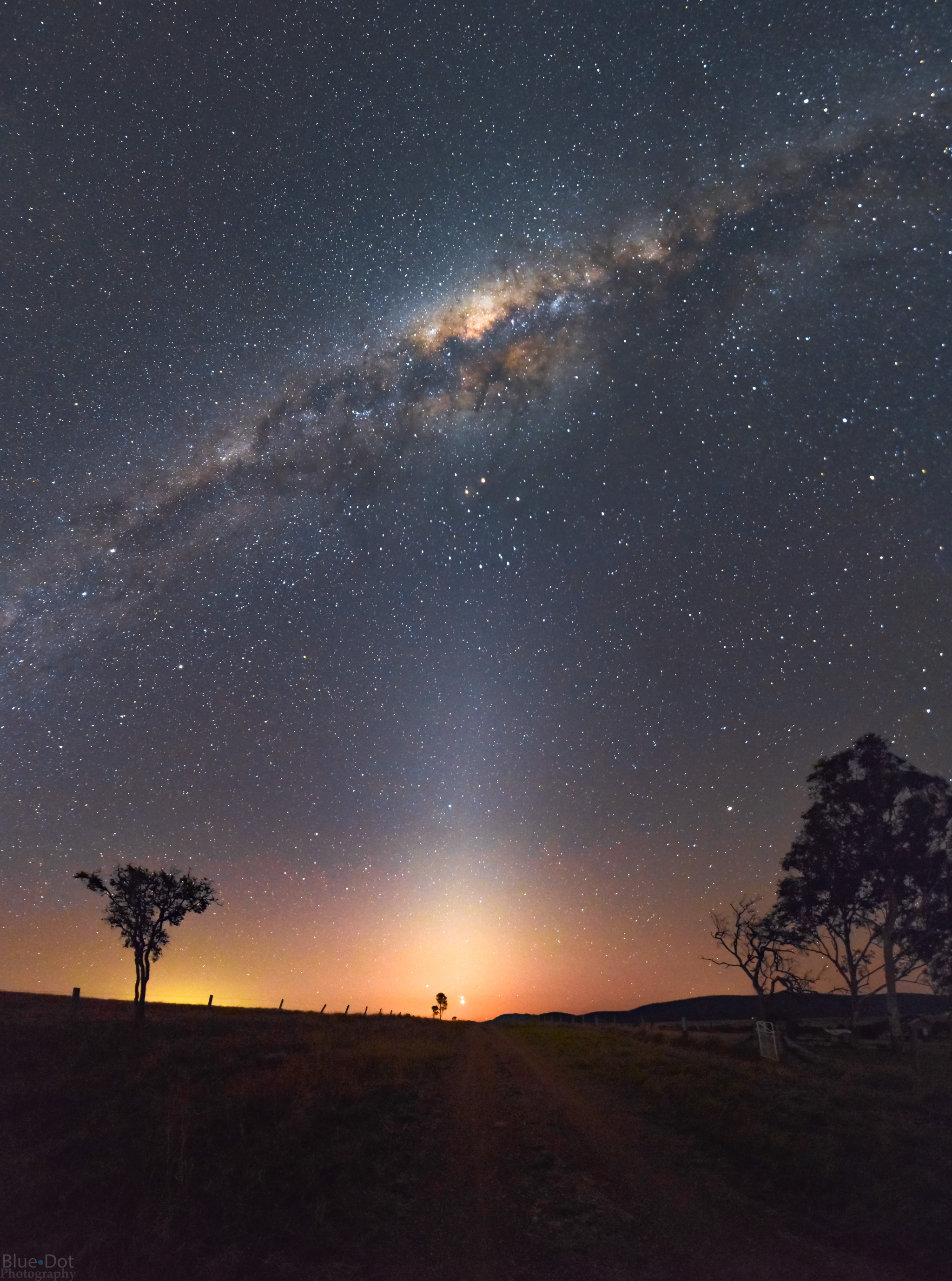
The bright light at the end of this country road is a close conjunction of two Venus and Jupiter from August 27, 2016. This vertical panorama shows the central Milky Way near zenith, posed on top of a pillar of zodiacal light along the ecliptic plane.
Copyright Josh Calcino, used with permission
And some space dust you can see from right here on Earth! In spring or autumn, right before sunrise or after sunset, you may be able to catch a glimpse of a hazy cone of light above the horizon created when the Sun’s rays are scattered by dust in the inner solar system. You can see an example in the image above, extending from above the tree on the horizon toward a spectacular view of the Milky Way. This phenomenon is called zodiacal light — and the dust that’s reflecting the sunlight probably comes from icy comets. Those comets were created by the same dusty disk that that formed our planets and eventually you and the dust under your couch!
Share
Details
Last Updated
Jun 26, 2024
Editor
NASA Universe Web Team
Related Terms
- Astrophysics
- Betelgeuse
- Gravitational Waves
- Laser Interferometer Gravitational Wave Observatory (LIGO)
- SOFIA (Stratospheric Observatory for Infrared Astronomy) / 747-SP
- Spitzer Space Telescope
- The Milky Way
- The Universe
- Voyager 1
Explore More

Hubble Observes a Peculiar Galaxy Shape

Via NASA Plane, Scientists Find New Gamma-ray Emission in Storm Clouds

NASA’s Webb Reveals Unusual Jets of Volatile Gas from Icy Centaur 29P
Keep Exploring
Discover More Topics From NASA
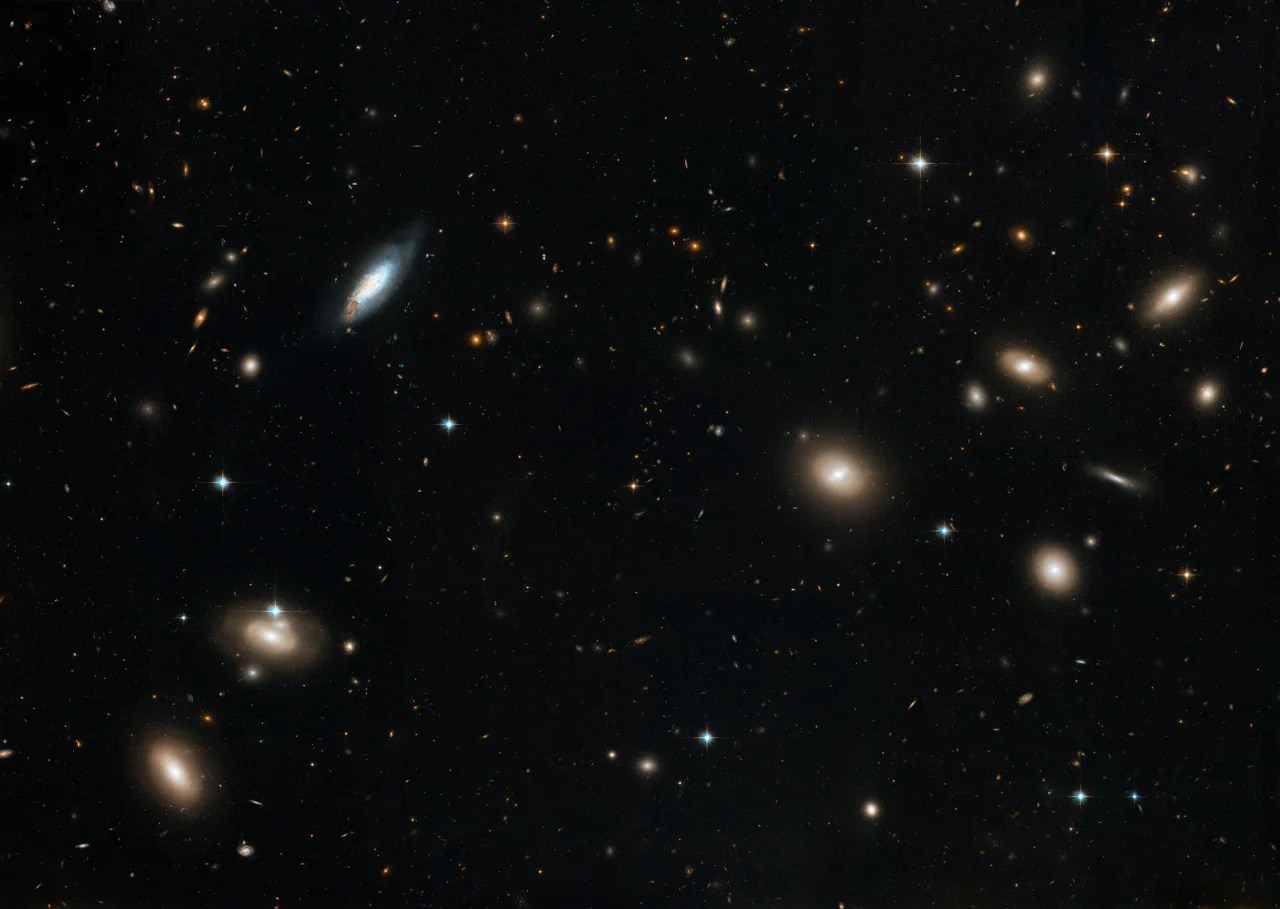
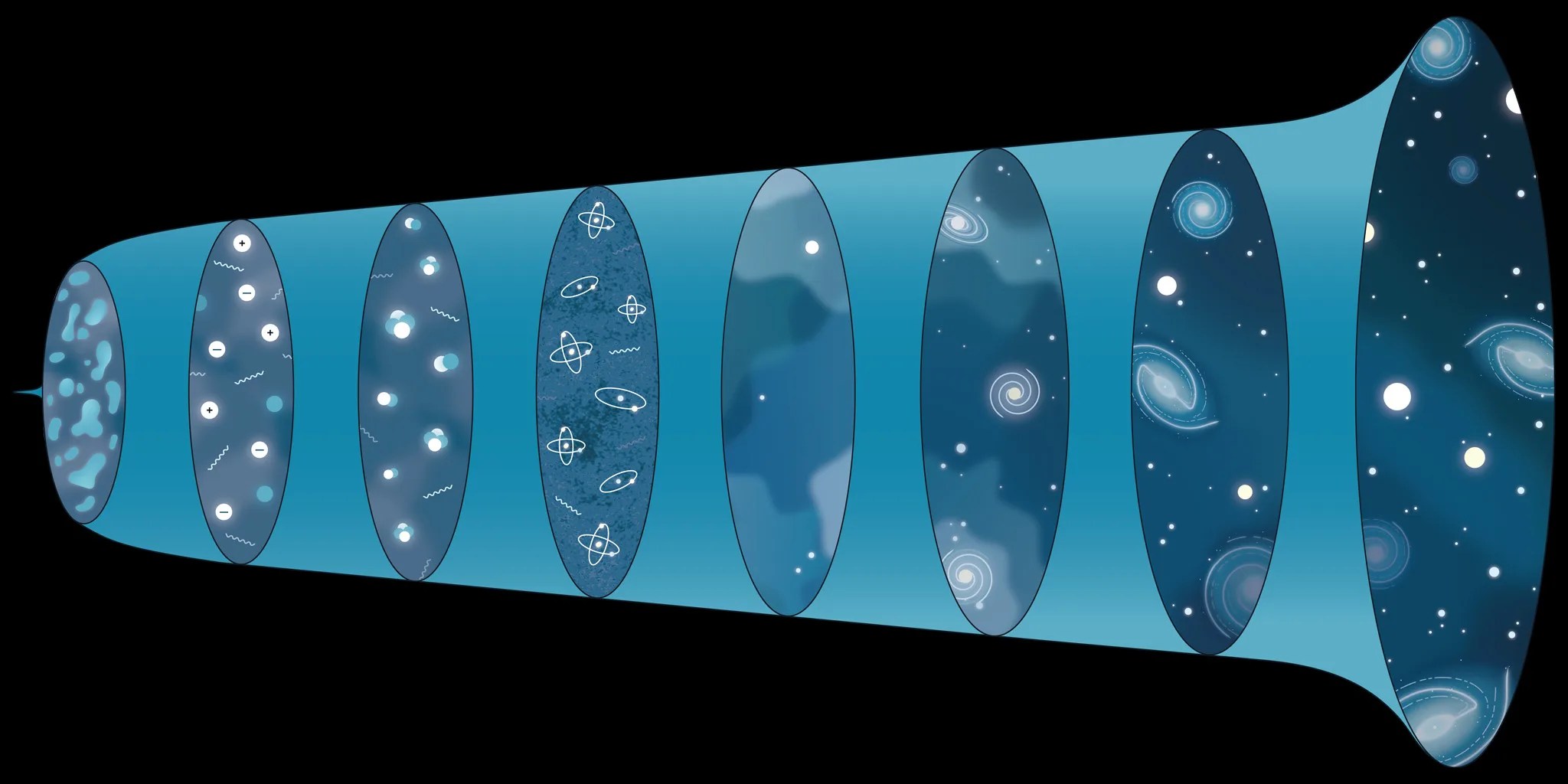
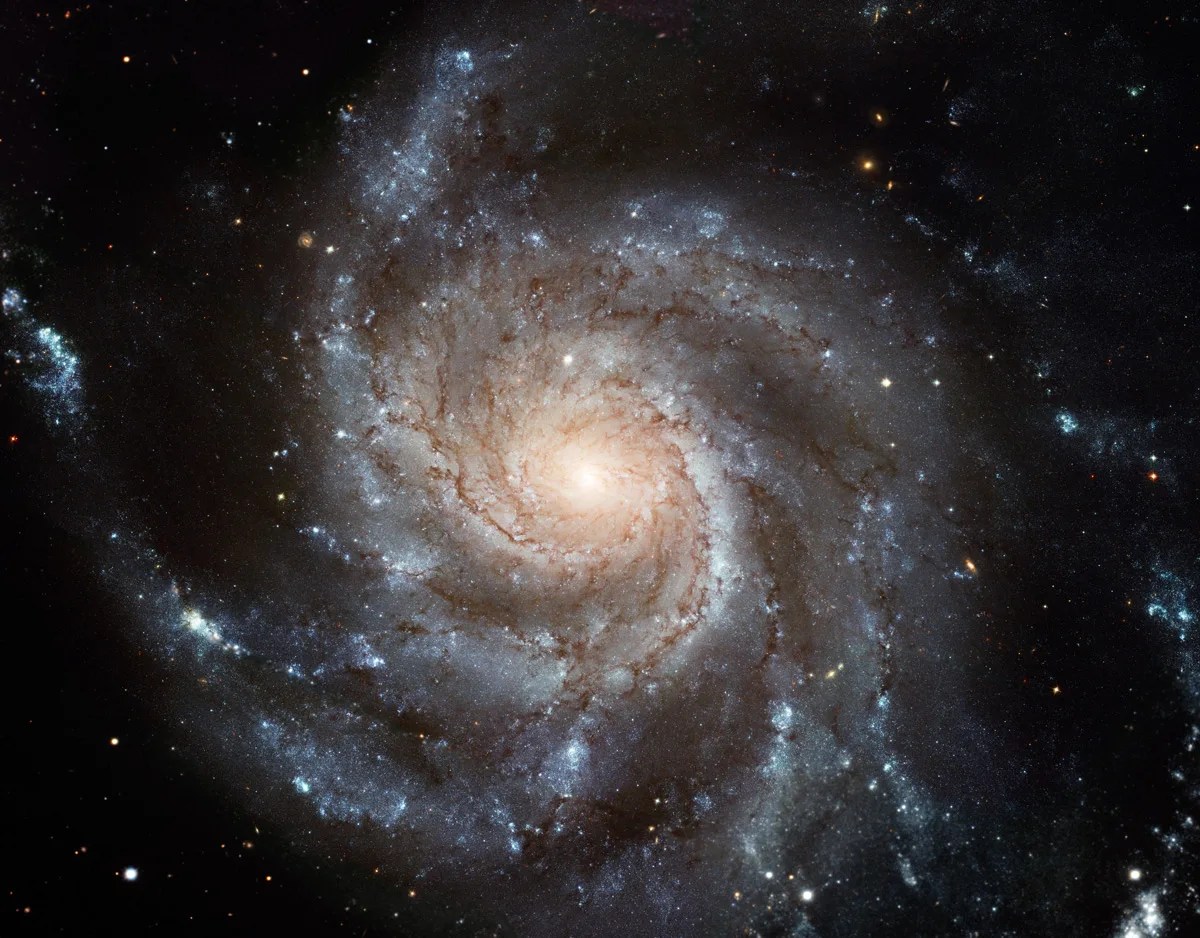
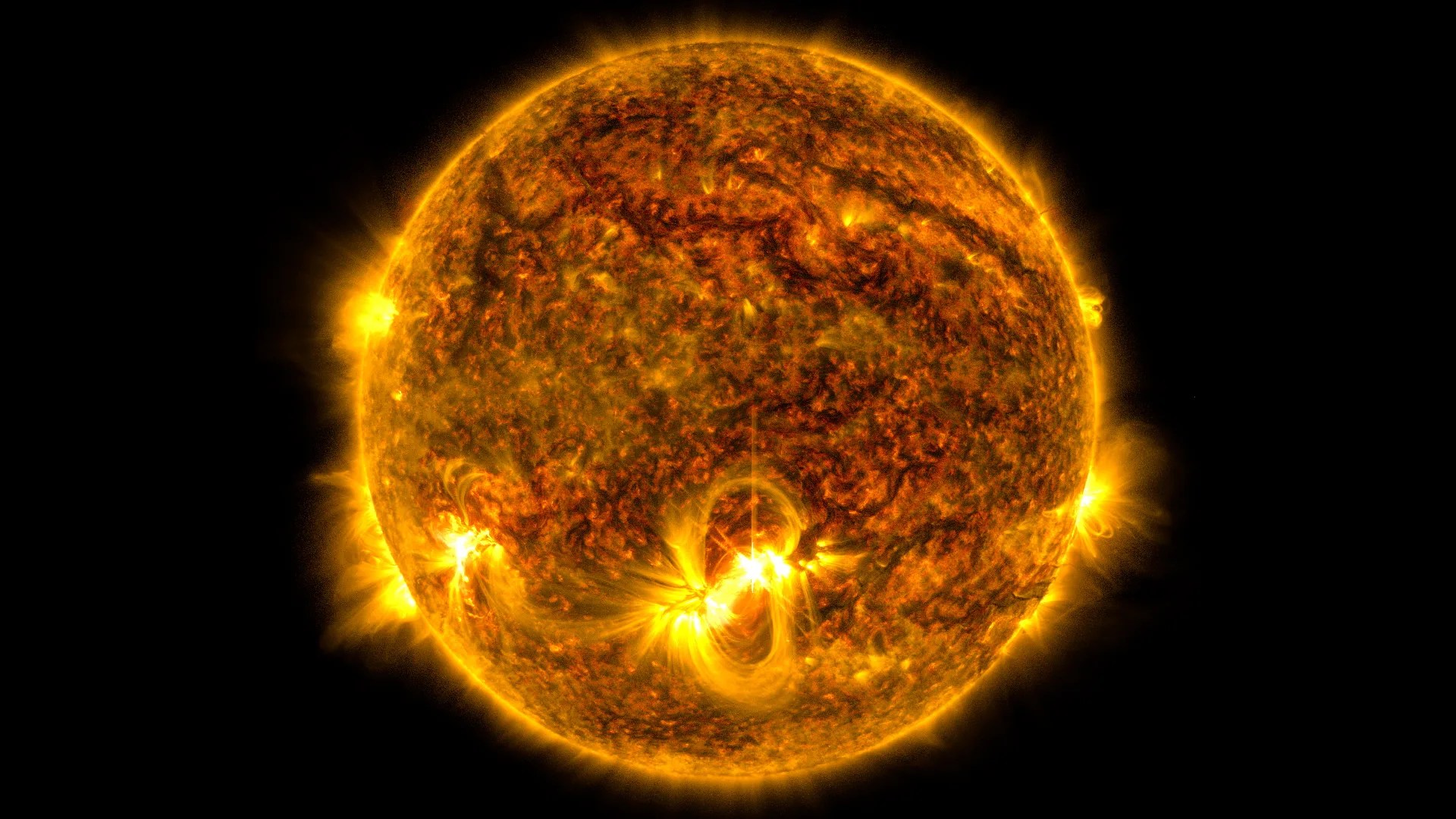

National Aeronautics and Space Administration
NASA explores the unknown in air and space, innovates for the benefit of humanity, and inspires the world through discovery.
- Home
- News & Events
- Multimedia
- NASA+
- Missions
- Humans in Space
- Earth & Climate
- The Solar System
- The Universe
- Science
- Aeronautics
- Technology
- Learning Resources
- About NASA
- NASA en Español
Follow NASA
- Sitemap
- For Media
- Privacy Policy
- FOIA
- No FEAR Act
- Office of the IG
- Budget & Annual Reports
- Agency Financial Reports
- Contact NASA
- Accessibility
- Page Last Updated:3 months ago
- Page Editor:SMD Content Editors
- Responsible NASA Official for Science:Dana Bolles
Leave a Reply